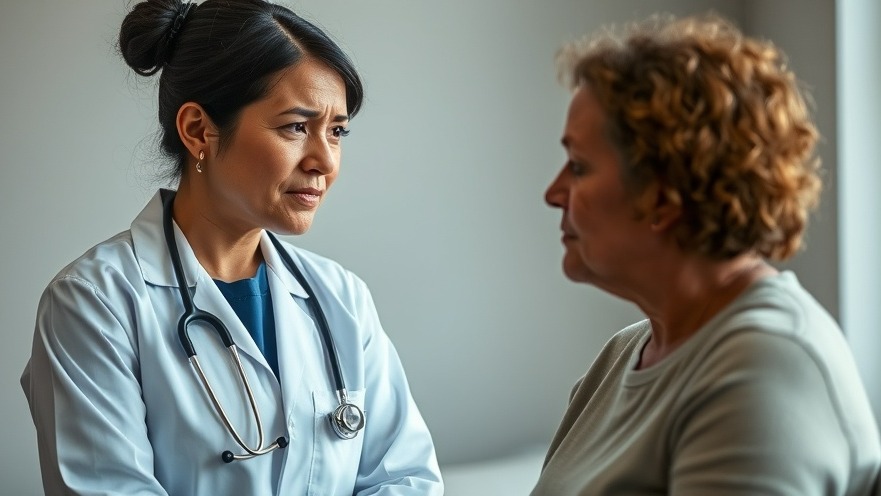
Truth or Dare: Navigating Health Misinformation in Today's Digital Age
“A lie can travel halfway around the world while the truth is still putting its boots on.” This poignant statement underlines the uphill battle society faces in a landscape rife with misinformation, particularly in the realm of healthcare.
In a world inundated with information, discerning credible health resources is more crucial than ever. As healthcare professionals, it’s imperative to guide our patients and our communities through the complexities of scientific inquiry. With the constant evolution of research and findings, the challenge lies in interpreting often conflicting information while ensuring it aligns with the best available scientific evidence.
Understanding the Landscape of Misinformation
The advent of social media and digital communication has revolutionized how health information is consumed. Recent research indicates that nearly three out of four Americans turn to online sources for health-related information, but navigating this complex web can be daunting (National Academy of Medicine, 2021). With misinformation spreading faster than factual data, the stakes are high for both patients and healthcare providers.
Misinformation, defined as data that contradicts the best available scientific evidence, can have dire consequences. Instances during the COVID-19 pandemic made it clear that public health directives were challenged by waves of misleading information, ultimately impacting vaccination rates and adherence to health guidelines (Chou et al., 2021). As health practitioners, understanding these pitfalls is essential in fostering a well-informed patient base.
Identifying Credible Health Sources
How do we as healthcare professionals sift through the noise? It starts with recognizing what credible health information looks like. Key indicators include studies that are:
- Randomized: Gold standard research design minimizes bias and enhances reliability.
- Double-blinded: Ensures neither participants nor researchers know who is receiving treatment versus a control.
- Published in reputable journals: Releases that are peer-reviewed and free from conflicts of interest.
Additionally, organizations like the National Library of Medicine and the Harvard Health Publishing offer comprehensive resources for both practitioners and patients to evaluate the quality of health information.
Practical Tips to Foster Health Literacy
We face the dual responsibility of both staying informed ourselves and guiding our patients in making smart health choices. Here are practical steps we can take:
- Encourage questions: Creating an open environment allows patients to clarify confusing information.
- Promote digital literacy: Equip patients with skills to evaluate online information. Provide them with a list of trustworthy sources to consider.
- Foster community engagement: Collaborate with local organizations to circulate accurate information that resonates effectively with diverse communities.
The Evolving Role of Social Media Platforms
Social media platforms play a crucial role in disseminating health information and, therefore, must be actively involved in elevation strategies that prioritize credible sources (Kington et al., 2021). As healthcare practitioners, advocating for policies and collaborations that combat misinformation on these platforms can improve the quality of health narratives circulating among our communities.
Public health authors encourage platforms to take a unique responsibility to counteract misinformation trends—essentially, they have an obligation to connect users with qualified health resources while providing transparency in information sourcing.
Final Thoughts
The battle against misinformation in health is ongoing and multifaceted. By empowering patients, practicing transparency, and continuing to educate ourselves and those we serve, we can build a more informed society. The health and wellbeing of our communities depend on our collective efforts to navigate this complex landscape.
Let us take action: engage, inform, and transform the way health information is consumed both online and offline.
 Add Row
Add Row  Add
Add 






Write A Comment